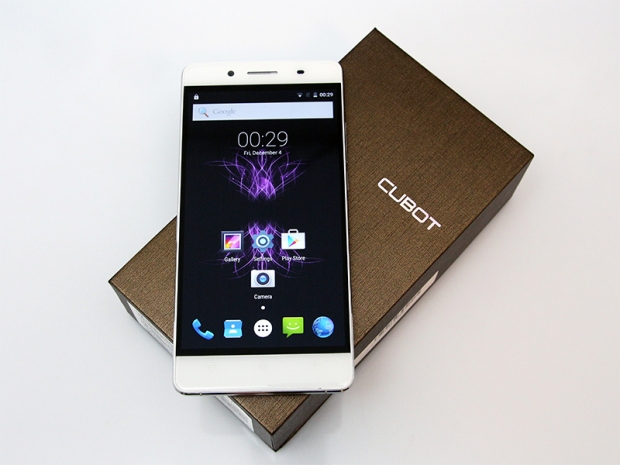Index
Camera, Display and Audio Quality
The phone uses a JDI 5-inch 1080p IPS display, so we were expecting relatively good results. We were not disappointed: it’s a really nice panel. Truth be told, a lot of vendors use the exact same unit on their mainstream phones, so we didn’t expect anything less.

The days of having to compromise on display quality when buying a cheap phone are gone. Even if you spend $150-$200, you’ll get a great 1080p panel on practically any device.
We were a bit concerned about the placement of the microphone. Luckily, it works well and there’s nothing to complain about.
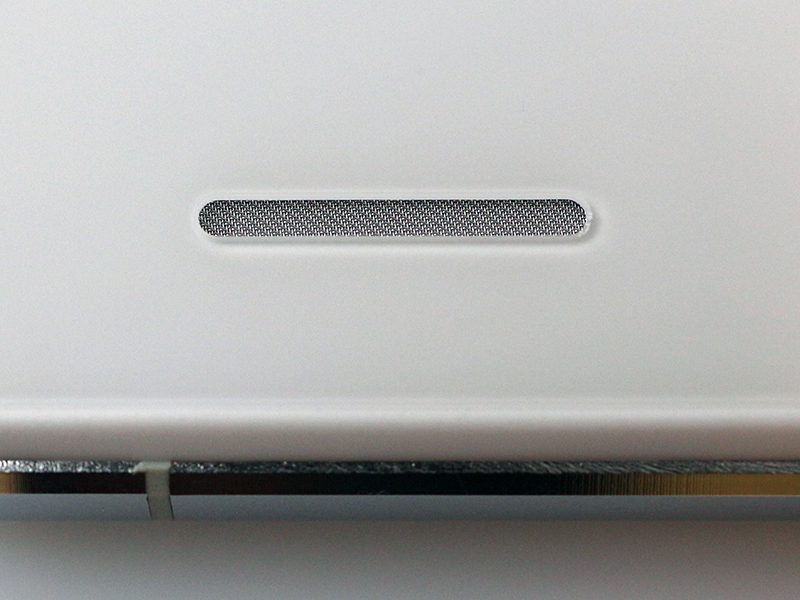
The placement of the rear-firing speaker is a bit more problematic. It’s muffled when the phone is resting on its back. Even when it’s not muffled, the speaker sounds tinny and it’s not very loud.
That’s what you get for designing a super-thin phone on a budget, that’s what you get. There’s no room for a high quality speaker. Luckily, the microphone works fine, and audio output on the 3.5mm jack is good.
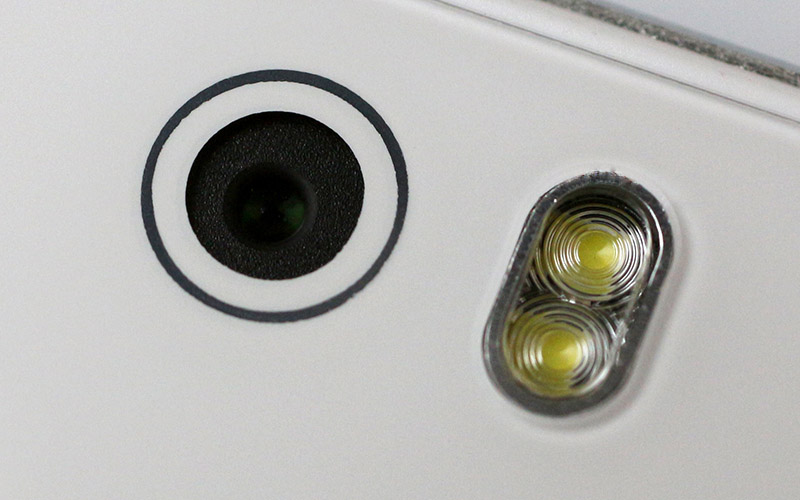
As we pointed out, another problem with very thin phones is that they usually have disappointing cameras (unless you get an iPhone or Galaxy Alpha, but this thing is not nearly in the same league). Integrating high-quality optics in a thin design can be tricky and expensive, so we didn’t have high hopes for the Cubot.
However, we were in for a pleasant surprise.
The camera delivered very good results in daylight. Looking at our cafeteria photo samples, we can conclude that the X16 punches well above its weight. It’s not just good for a cheap phone, it can go head to head with devices that cost twice as much.
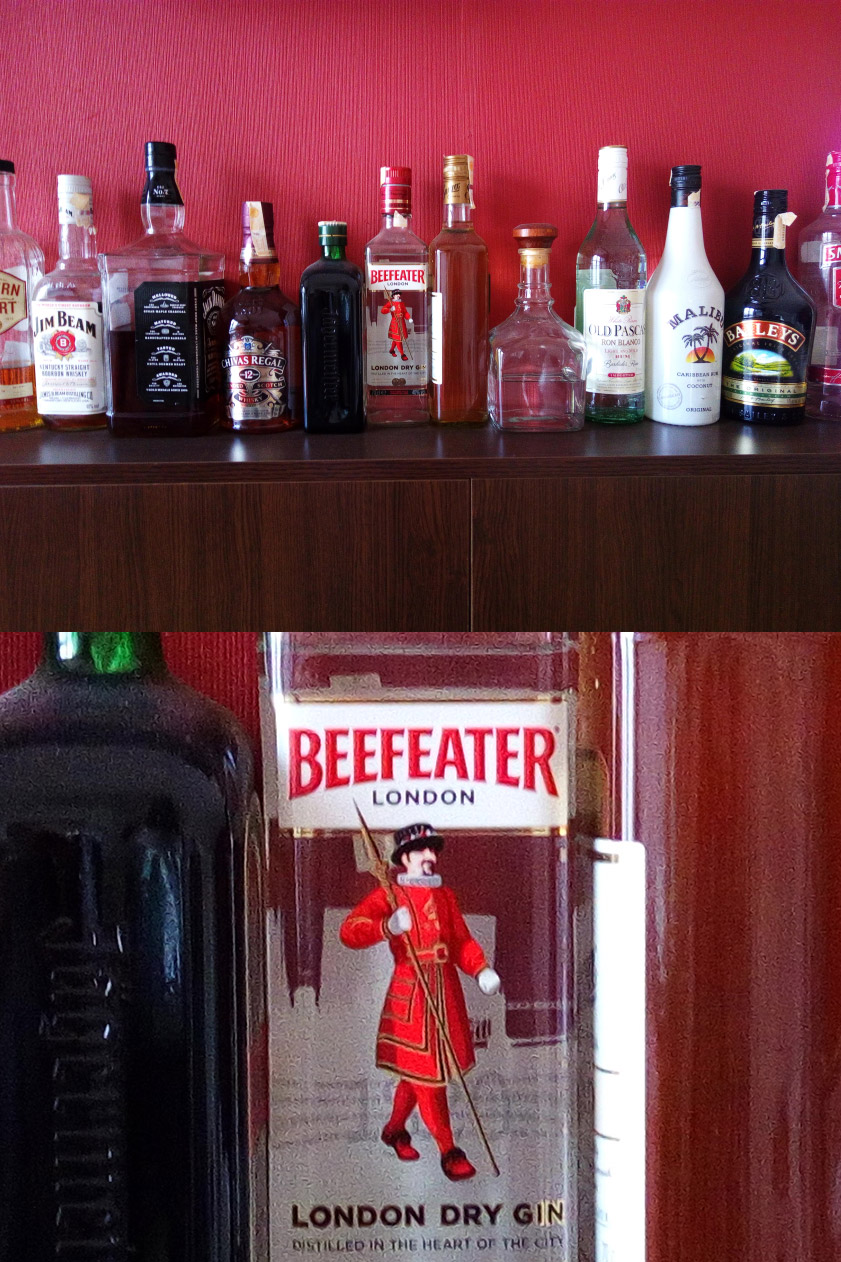
The images are properly exposed, the colours are spot on, and they’re sharp; perhaps even too sharp on default settings. The noise reduction algorithm isn’t too aggressive, so a lot of detail is preserved.
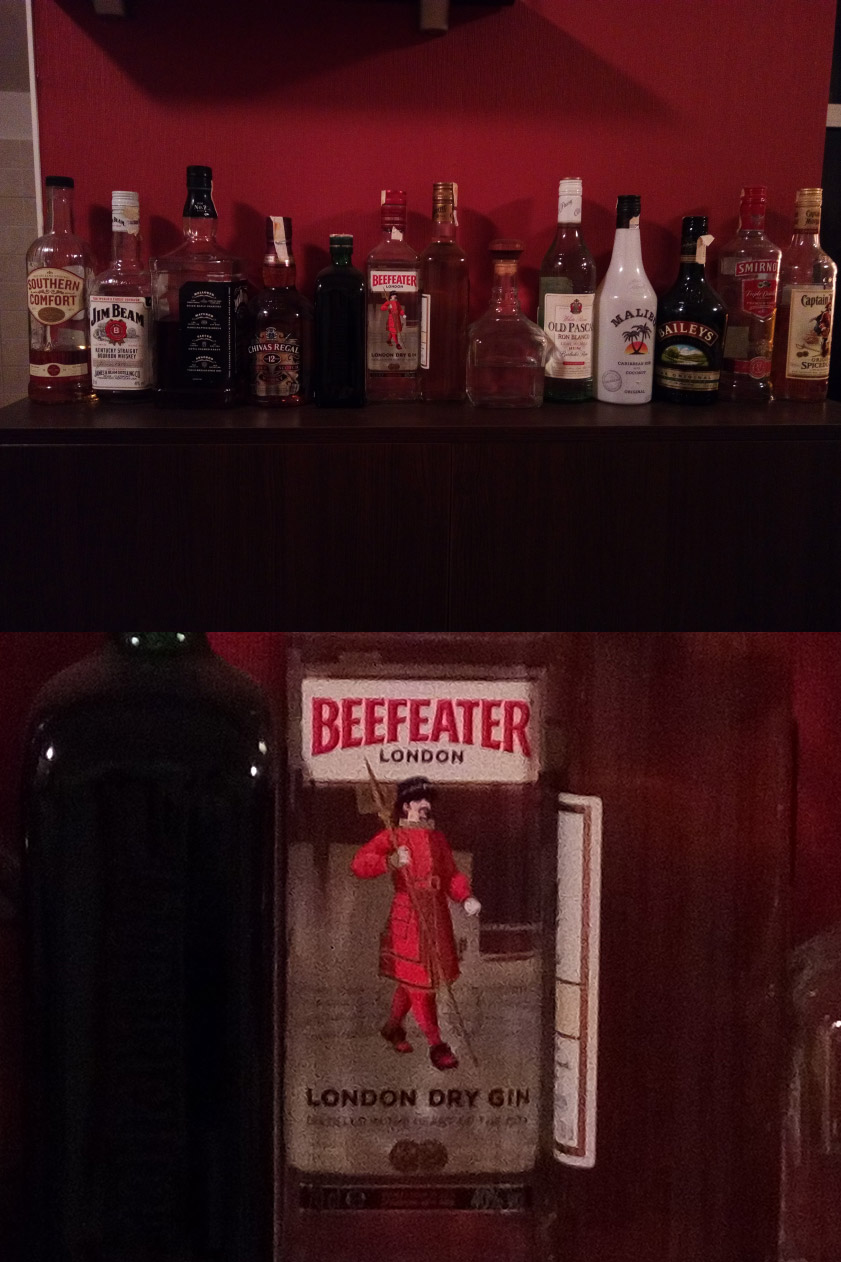
Night-time photography under incandescent lighting is not a problem either. There is a bit more grain, but nothing too serious. Some shots were under-exposed and oversaturated, but this is easily compensated for in the camera app. The dual-LED flash is powerful, but bear in mind that this is not a dual-tone flash.
Outdoor shots in difficult lighting conditions (high-contrast, strong backlight) are good. The camera’s dynamic range is limited, but this is true of all phone cameras. Auto Mode photos are average to slightly above average.
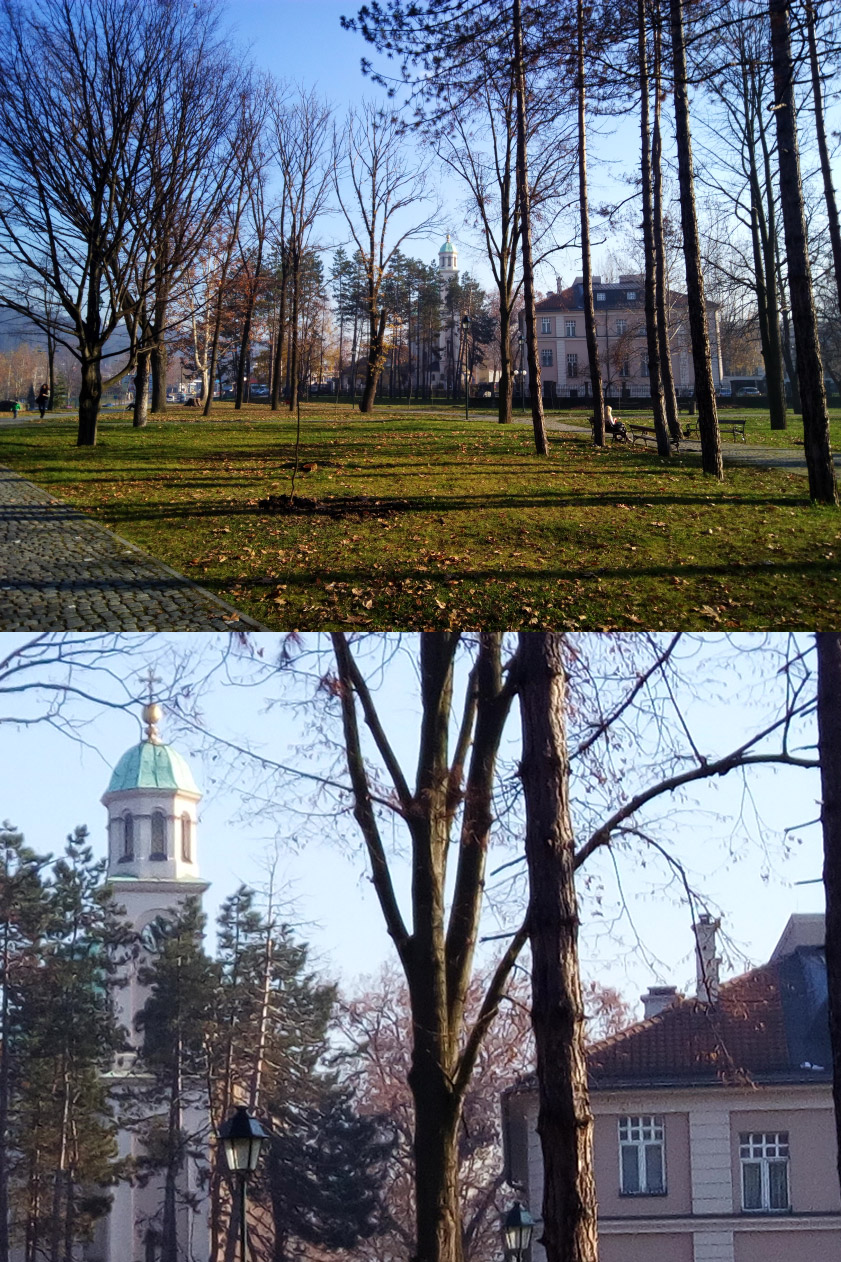
HDR would be the perfect solution to these dynamic range issues, but it’s just too slow. You have to keep the device very steady for more than a second and that usually doesn’t work on smartphone photography. This renders HDR useless in many situations. Here is an example of severe ghosting on a static object (non HDR image at top for reference, 100% HDR crop at bottom):
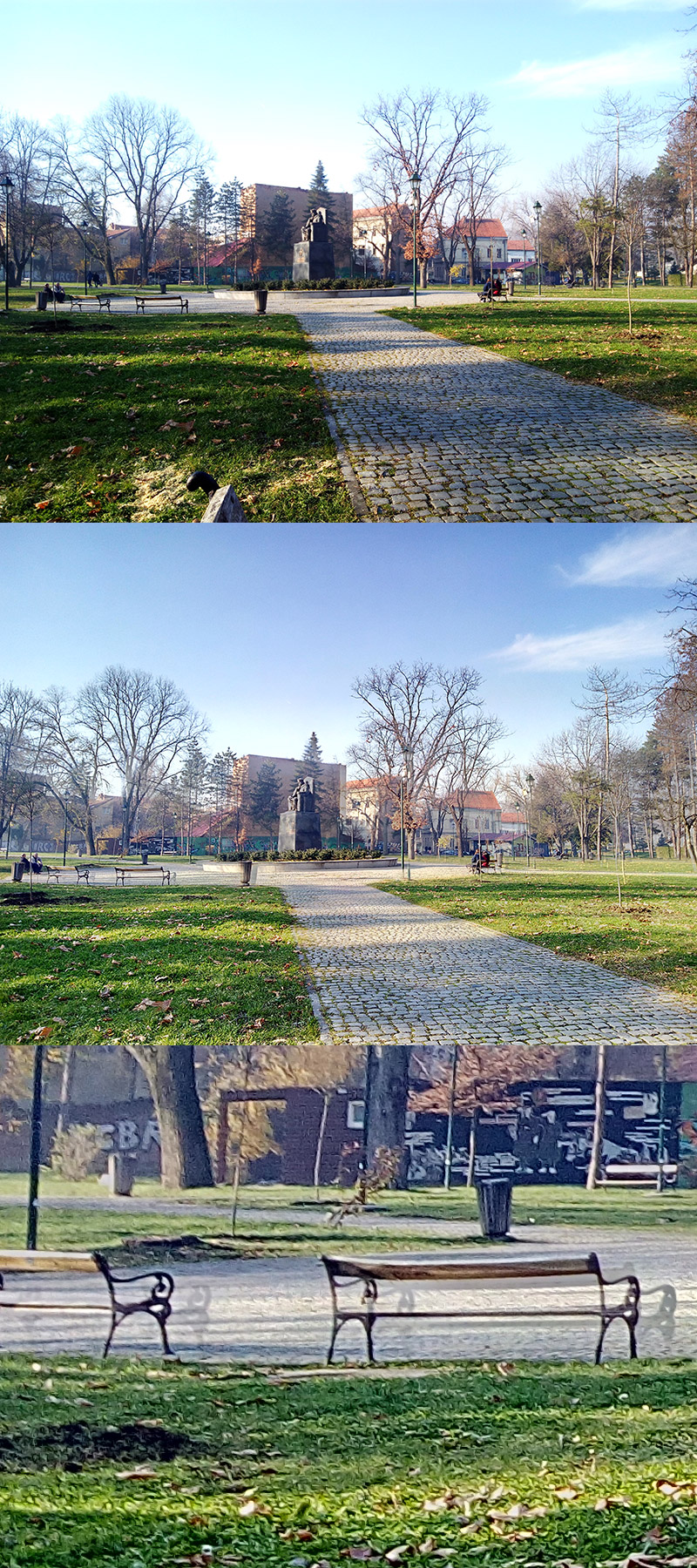
We’re not sure whether this boils down to the slow processor or lack of software optimisation, but the end-result is the same. Cubot’s otherwise excellent camera is let down by the sluggish HDR mode. We can only hope that this is a software issue and that an OTA update will sort it out.
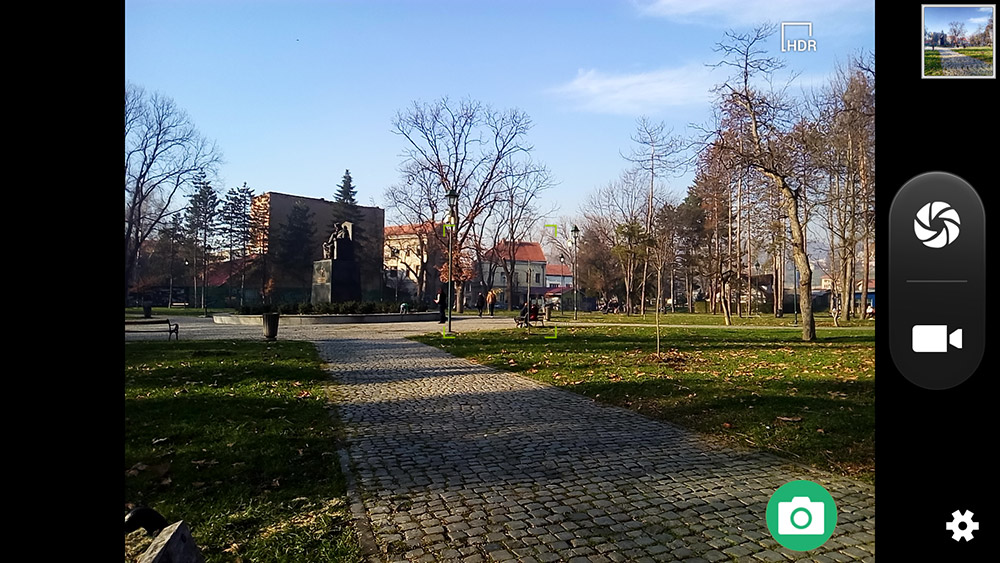
The camera app is a near-stock implementation with some MediaTek tweaks. Of course, you can always download Google Camera if you want to be as close to the plain Android look and feel as possible.

